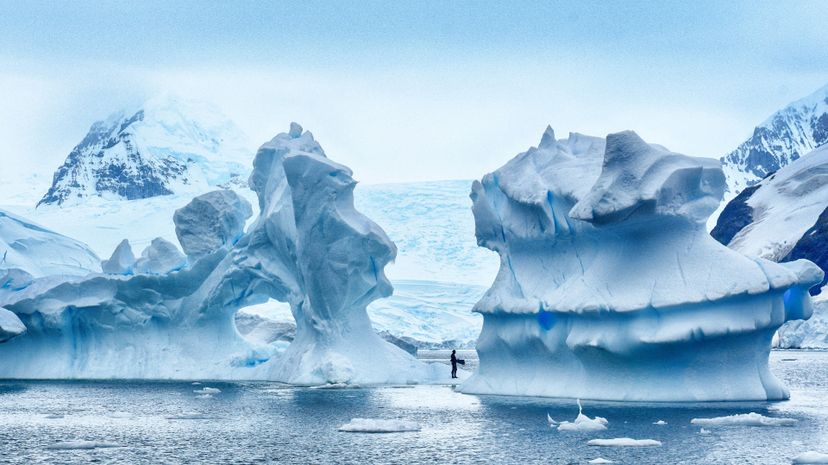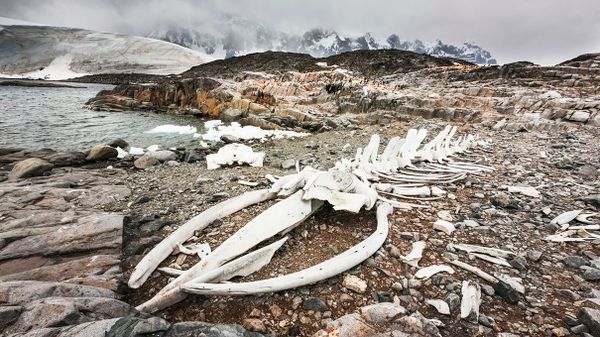
Key Takeaways
- The Southern Ocean, surrounding Antarctica, is officially the world's official fifth ocean.
- Separated by currents rather than continents, the Southern Ocean plays a crucial role in global water circulation and climate regulation.
- The Southern Ocean is the only place where certain species like the Emperor penguin and Wendell seal can be found.
It's not often we add a new geographical feature to the map of the world. For the past century, we've impressed upon our grade-schoolers that there are four major bodies of salt water on our planet: the Arctic, Atlantic, Indian and Pacific oceans. These oceans are connected to one another but divided by the world's seven continents.
But scientists have long recognized a fifth ocean, called the Southern Ocean. In 1937, the body of water surrounding Antarctica was recognized by the International Hydrographic Organization (IHO), only to be stripped of its status by the organization in 1953. In the U.S., the National Oceanic and Atmospheric Administration (NOAA) has recognized the fifth ocean since 1999, but now the international scientific community has taken the Southern Ocean public. The recognition of the world's fifth ocean, made official on June 8, which was World Oceans Day, was made to increase awareness of the need for conservation in a region where industrial fishing has all but destroyed populations of endemic fish species over the last few decades.
Advertisement
Here are 5 things to know about the Southern Ocean:
Advertisement


